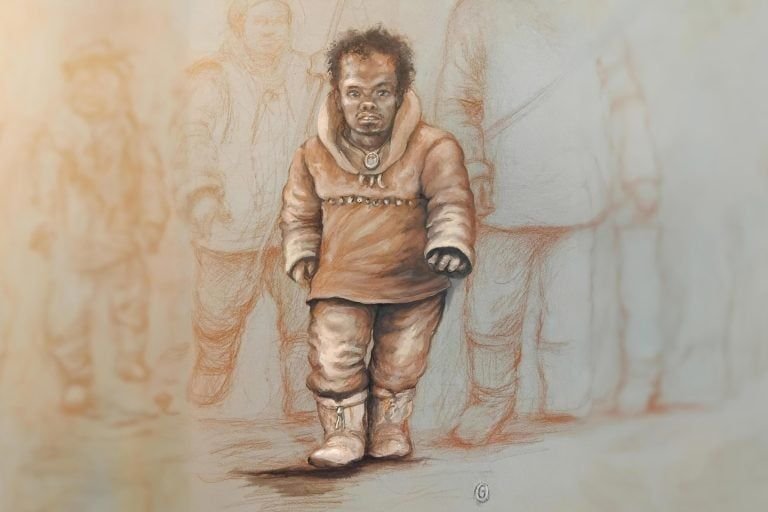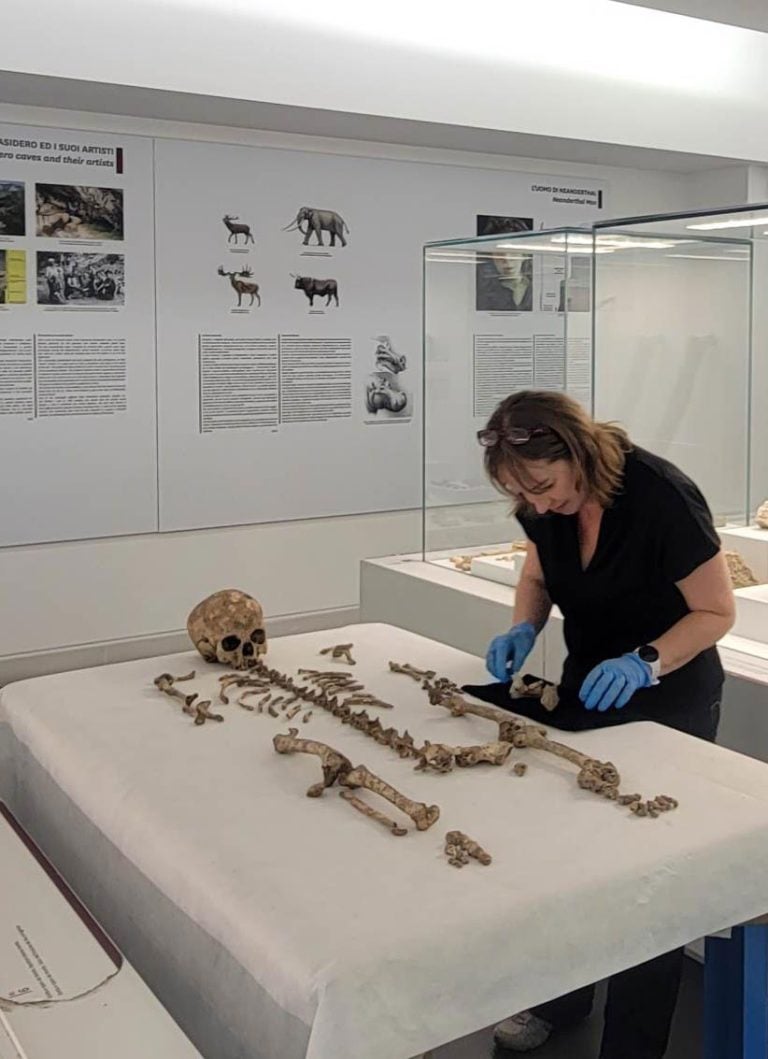Imagine living 25,000 years ago during the Ice Age—life would have been vastly different from what we experience today. However, one aspect that might surprise you is just how similar the puberty experience of Ice Age teens was to that of modern adolescents. Recent research led by experts from the University of Victoria and published in the Journal of Human Evolution sheds light on the developmental milestones Ice Age adolescents went through, revealing that they experienced puberty much like teens today.

Groundbreaking Discoveries in Paleolithic Research
For years, scientists have been curious about how early humans grew and matured. Thanks to a study co-led by paleoanthropologist Dr. April Nowell from the University of Victoria, we now know more about the transition into adulthood during the Pleistocene era. By examining 13 skeletons of ancient humans between the ages of 10 and 20, researchers were able to uncover crucial insights into the physical changes these teens experienced.
Dr. Mary Lewis, a leading paleoanthropologist from the University of Reading, developed a novel technique to assess puberty stages by analyzing the mineralization of teeth and the development of bones in various parts of the body. Her research revealed that most of these Ice Age individuals began puberty by age 13.5 and reached full adulthood between the ages of 17 and 22—remarkably similar to modern teenagers in affluent societies.
The Surprising Health of Ice Age Teens
Contrary to the long-held belief that life during prehistory was as philosopher Thomas Hobbes described—”nasty, brutish, and short”—this research suggests that Ice Age adolescents were healthier than we might have imagined. “It’s fascinating to realize that these teens had experiences similar to ours,” says Dr. Nowell. “Understanding their adolescence helps humanize these early humans in ways that mere tools and artifacts cannot.”
The Case of Romito 2: A Unique Ice Age Teen
One of the most fascinating discoveries of the study was the skeleton of “Romito 2,” an adolescent male who lived about 11,000 years ago in what is now southern Italy. Romito 2 was born with a form of dwarfism, making him unique among his peers. Despite his shorter stature, Romito 2’s skeleton indicates that he was in the middle stages of puberty at the time of his death.
What makes Romito 2 especially interesting is the social context surrounding his condition. Although his voice would have deepened, much like an adult male, his youthful appearance—due to his height and fine facial hair—may have influenced how he was perceived by his community. This opens a fascinating window into how ancient societies might have treated individuals who didn’t conform to typical physical standards.
Revolutionary Techniques and Future Research
The study not only offers valuable insights into the lives of these ancient teens but also showcases the innovative methods used in paleoanthropology today. Dr. Lewis’s puberty stage estimation method, combined with peptide analysis for determining biological sex, is being applied to fossils from the Paleolithic era for the first time. These findings are helping researchers interpret prehistoric burials and the social roles of these adolescents in ways that were previously impossible.
As researchers from multiple institutions—spanning Canada, the UK, Monaco, and Italy—continue to collaborate, more discoveries about Ice Age teenagers are expected. This ongoing research will likely shape our understanding of human development during one of the most significant periods in human history.
Conclusion
The idea that teens from 25,000 years ago went through puberty in much the same way as modern adolescents is a remarkable testament to the continuity of human development over millennia. These findings not only deepen our understanding of early human biology but also remind us that, despite the vast differences in time and culture, some experiences are universal.
This new lens of study into Ice Age puberty brings us closer to understanding our ancestors and helps bridge the gap between the distant past and our present-day human experience. As the research into ancient human development continues, it will be fascinating to see what other aspects of prehistoric life mirror our own.

















